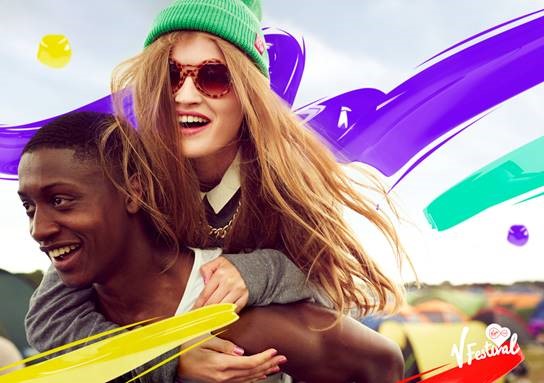Opinion – Nick Sims

What is it that makes one brand stand out more than another? Why do some people drink Coke over Pepsi, visit Lisbon over Barcelona, or fly British Airways rather than Virgin Atlantic?
With very little setting these things apart from one another – whether that’s a liquid sugar fix, a hot coastal city or an airline that gets you from A to B – it becomes clear that we are talking about small amounts of variation, which make a huge amount of difference. The most successful brands do not focus on the 95% of their business which makes them similar to their competitors, but instead elevate the 5% which makes them unique. If articulated properly, this 5% becomes much more important than the other 95% and is what sets them apart from their rivals and eventually adds most value to the brand.
So what is this 5%? We are not talking about data or other tangible assets – these intangibles are much more complex, personal and also harder to define. Whether it’s the vision of an eccentric CEO, Virgin, or a beautifully simple product, Apple, we are talking about the energy, ethos, beliefs, values and driving-force behind a brand. We also need to understand how the brand is perceived, experienced and interacted with by the outside world, or more specifically, the target audience. It’s a mix of their emotions, memories, experiences, stereotypes and opinions of the brand which will also help build a clearer picture of how the brand personality could develop. These are often very spontaneous and reactionary responses so although sometimes irrational, it gives you a very pure and human idea of the energy and mood that surrounds the brand.
The challenge then, is how do we align the two? Having a strong personality and being able to project this successfully are two very different things. The role of any branding agency is to understand what these intangibles are, filter them down to as clear an idea as possible and then translate these into something that has a clear narrative and that people find compelling. We can then begin to make very rational judgements on how a brand should, look, feel and sound. Colour, typeface, tone of voice, logo – every element of the brand needs to be informed by one clear idea, one true brand personality that can then be expressed across a whole plethora of different platforms.
Let’s take London for example. How do you articulate what London is when it means so many different things to so many different people? A metropolis which houses everyone and everything from around the globe. A place where you can find a Turkish Café next to a vintage furniture shop. A city of juxtapositions. We filtered it down to one word, ‘quirky’. This then informed a very simple but flexible identity with a very strong tone of voice. Always off centre. Always with a slight humour. Always recognisably London.
Then, what made V Festival stand out from any of the other music festivals? For us it was about capturing that youthful energy. Visualising those moments in time that last longer than just the festival itself, snapshots of those memories that were invisible to the naked eye. We called it the ‘vibe’. We knew it needed to ooze summer, be dynamic and energetic as well as being very colourful. The process then became about refining how this Vibe looks… Is it sharp, is it soft, is it solid? You can see our final outcome here.
The key then to solving any of these complex briefs, is to filter everything down to as simple an idea as possible. The more pure the idea, the more effective the filter you are using to inform the design work, tone of voice, everything. The best brands aren’t complex, but are simple creatures which can move, grow and adapt – much like the emotions they play on.
Nick Sims, Designer, Saffron Brand Consultants












